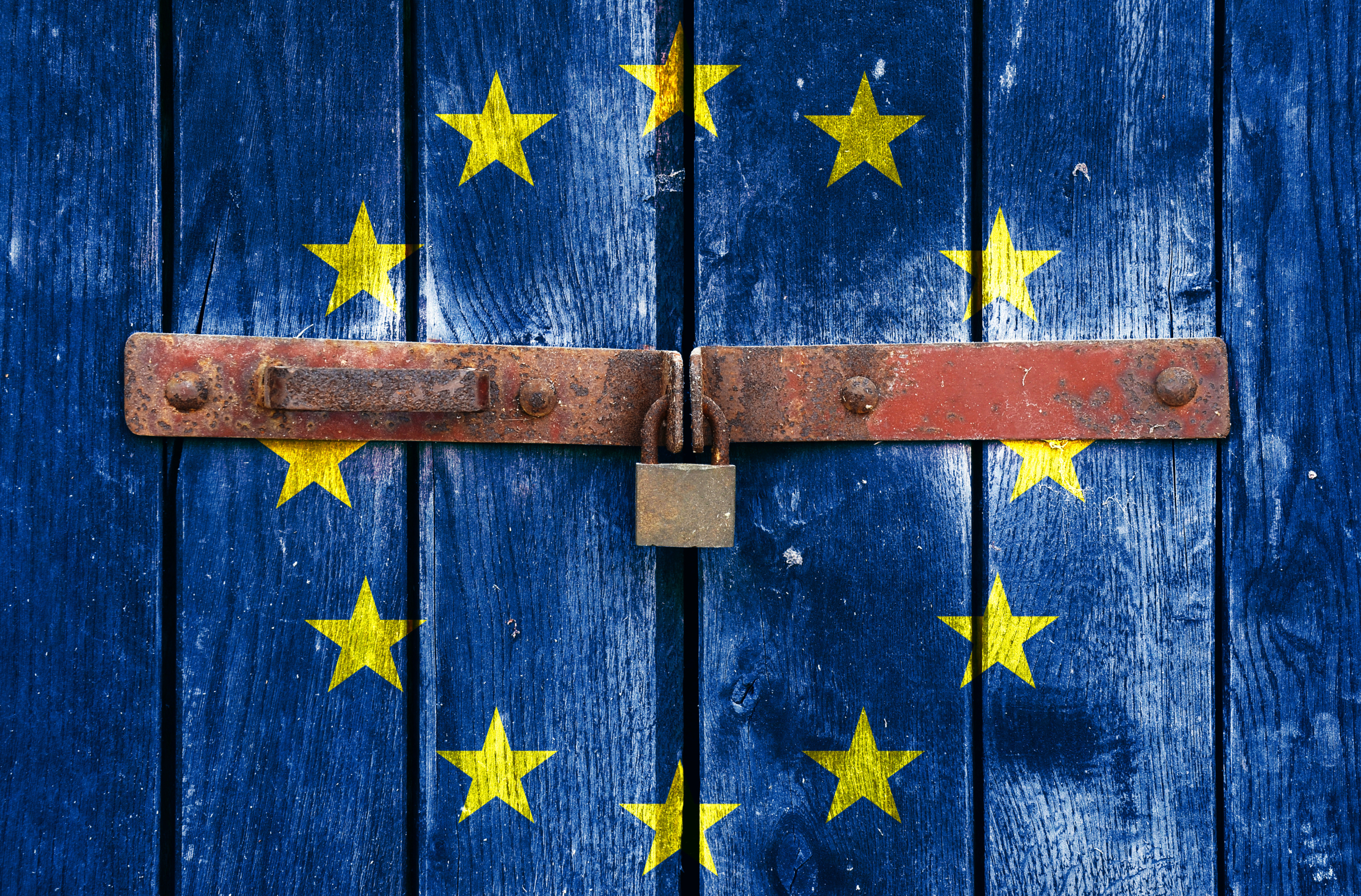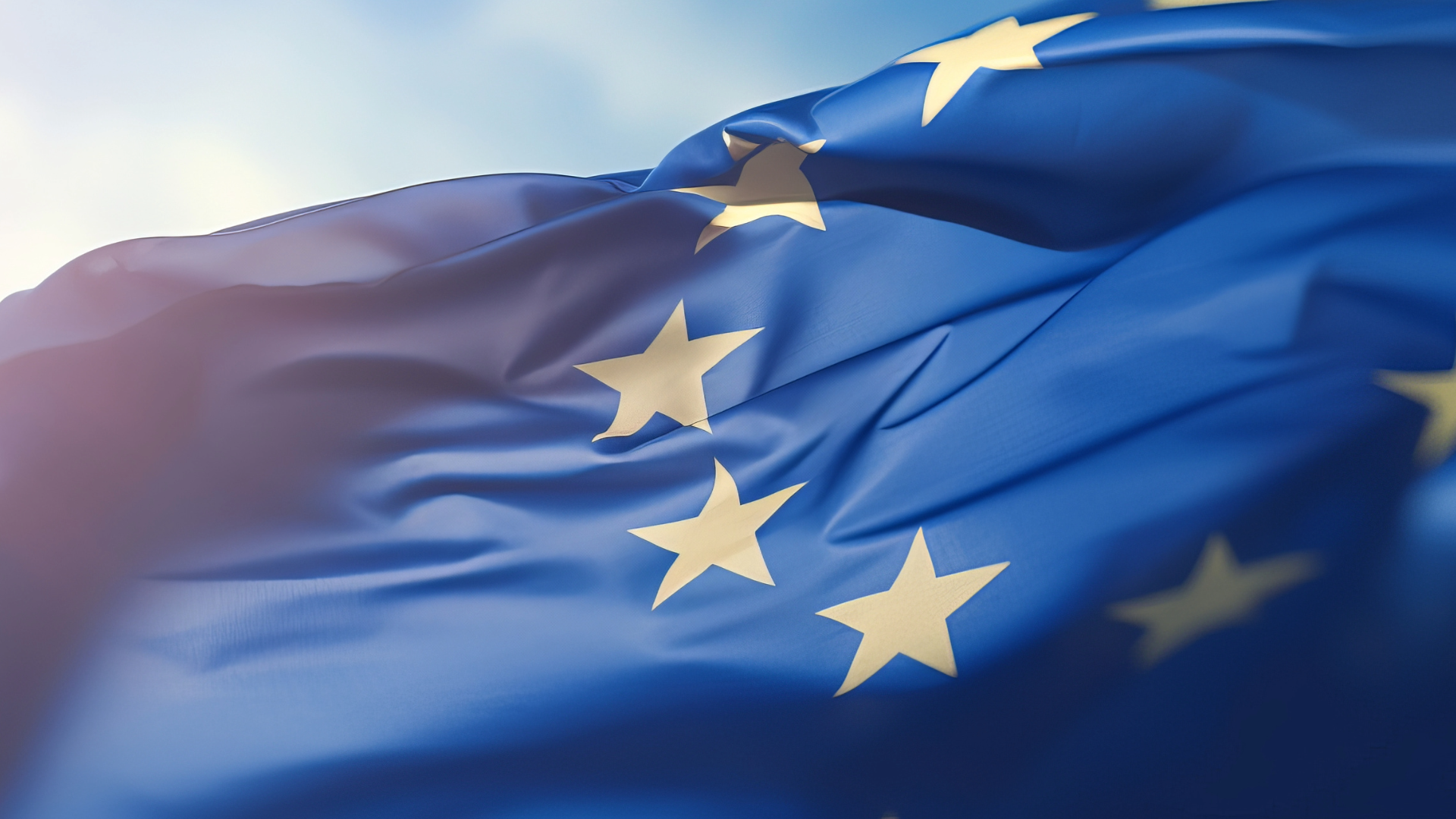Sign up to our newsletter Subscribe
Analysing Global Immunisation Expenditure

Sign up to our newsletter Subscribe


The EU Commission has set out important but controversial proposals for an AMR pull incentive for new antibiotics. In the first of this insight series, we set out seven objectives an EU fit-for-purpose pull incentive should work to achieve.

New Drugs to Tackle Antimicrobial Resistance: Breaking the European Deadlock (part 1)
At the end of April 2023, the European Commission published a series of proposals to tackle AMR, including proposals to get new drugs to tackle AMR. There is a need for action because:
Money to support research and development (“push” incentives) is important, and the EU can do more to grow an R&D pipeline, for example, with financial support for CARB-X. Beyond EU support for CARB-X the policy need is for “pull” incentives that create financial rewards for the successful development of a new product. These are currently missing in many global markets, including the EU. Europe represents a quarter of global pharmaceutical sales, and must implement a suitable pull incentive if we are to see new antibiotics emerge.
The Commission’s proposals and the related controversy
The European Commission launched a package of proposals in a Council Recommendation, including the following pull incentives:
The pull incentive proposal for a Transferable (data) Exclusivity Voucher (TEV) of 1 year was included in its major revision to Pharmaceutical Legislation. The guaranteed revenue proposal requires further work, with an expectation that it will be based on the Swedish minimum revenue guarantee or the UK subscription model. However, a review by PWC for the Commission’s HERA and HADEA agencies set out four possible proposals for “pull” procurement mechanisms – revenue guarantee, market entry rewards, a combination of these, and the use of milestone payments – indicating that there is not yet a clear focus on the need to focus on a revenue guarantee model.
In a series of blogs, we will:
But in order to assess the merits of different proposals, it is important to set out the objectives of an AMR pull objective for Europe, which we discuss in this blog.
What would a fit-for-purpose pull incentive look like?
A review by CRA identified principles and objectives set out in earlier papers, notably Outterson and McDonnell (2016), EU-JAMRAI (2017, 2020), BCG (2022), and the EU Member States Non-paper (2022). We adapt the CRA consolidated principles around efficiency (getting the outcomes needed at minimum cost) and fairness (notably that access, when needed, is open to all within the EU and, potentially, on a global basis). For a pull incentive to be effective in this context, it must:
What constitutes a substantial incentive? How much does it need to be?
Estimates in Outterson (2021) are the most up-to-date and appropriate for estimating the global pull incentive (Brassel et al., 2023). The estimates are based on a review of cost and success estimates for antibiotics and are presented according to a variety of scenarios. The best estimate for a global subscription style delinked amounts over a 10-year period is $3.1 billion when a drug is acquired that is ready for Phase 2 trials (i.e. there is an element of “push” funding). The full cost estimate is $4.2 billion, using what the author regards as relatively poor data for estimating both preclinical costs and the probability of technical and regulatory success (i.e. the likelihood of approval).
How much of this global incentive should Europe pay? Is this amount feasible?
The EU should contribute its fair share towards the global incentive, with a fair share based on relative ability to pay (relative wealth, proxied by GDP). Both Outterson 022 and Towse and Silverman 2022 have proposed using G7+EU as the denominator, giving an EU share of the global incentive of 34-39% depending on the date and exchange rates used. This implies a range of values for an EU incentive.
Evidence indicates that a pull incentive program would be a good investment, saving an estimated 20,000 EU lives in the first ten years, increasing to nearly 400,000 lives by year 30, giving a 10 year (30 year) return on investment for the EU estimated to be 4:1 (18:1). Globally, 9.9 million lives will be saved over the next 30 years.
Why now?
The time for EU action is now. The UK has successfully piloted a subscription style model and is due to announce the next steps, Sweden has successfully implemented a revenue-guarantee scheme, the PASTEUR Act has been reintroduced into the US Congress, and Canada and Japan are, respectively, considering subscription and revenue guarantee schemes.
Simultaneous global action is required for any of these incentives to work, so the EU cannot risk falling behind. Until progress is made, inertia will continue to cause avoidable deaths and generate avoidable costs in the EU.
The purpose of this blog series is to explore how progress towards an effective pull incentive for antibiotics can be made in Europe. Using the objectives we have set out in this first insight, the second insight will review the TEV proposal, the third will discuss the potential application of a revenue guarantee/ subscription model in the EU, and the final blog will review the reward criteria that a new antibiotic should meet in order to qualify for whatever pull incentive is agreed by the EU.
Acknowledgement
We are grateful to Kevin Outterson for comments on an earlier draft of this insight. The final text is the sole responsibility of the authors.
Related Research
Firth, I., Pan, J., Towse, A., Steuten, L., 2023. A Novel Incentive Model for Uptake of Diagnostics to Combat Antimicrobial Resistance. OHE Contract Research Report, London: Office of Health Economics. Available at: https://www.ohe.org/publications/novel-incentive-model-uptakediagnostics-combat-AMR
Brassel S., Firth I., Oliver E., Hampson, G., Towse A. & Steuten L. 2023. Incentivising New Antibiotics: Designing a Value-Based Delinked Pull Incentive Mechanism. OHE Contract Research. Available from https://www.ohe.org/publications/incentivising-new-antibiotics-designing-value-based-delinked-pull-incentive-antbiotics/
Silverman Bonnifield R and Towse A. 2022. Estimating EU’s Return on Investment from an Ambitious Program to Incentivize New Antibiotics. Policy Brief. Center for Global Development. Available at https://www.cgdev.org/publication/estimating-eus-return-investment-ambitious-program-incentivize-new-antibiotics
Towse, A. and Silverman Bonnifield, R. 2022. “An Ambitious USG Advanced Commitment for Subscription-Based Purchasing of Novel Antimicrobials and Its Expected Return on Investment.” CGD Policy Paper 277. Washington, DC: Center for Global Development. An Ambitious USG Advanced Commitment for Subscription-Based Purchasing of Novel Antimicrobials and Its Expected Return on Investment | Center for Global Development | Ideas to Action (cgdev.org)
Neri, M., Hampson, G., Henshall, C. and Towse, A. 2019. HTA and Payment Mechanisms for New Drugs to Tackle AMR. OHE Grant-Funded Research. Available from https://www.ohe.org/publications/hta-and-payment-mechanisms-new-drugs-tackle-amr/
An error has occurred, please try again later.
This website uses cookies so that we can provide you with the best user experience possible. Cookie information is stored in your browser and performs functions such as recognising you when you return to our website and helping our team to understand which sections of the website you find most interesting and useful.
Strictly Necessary Cookie should be enabled at all times so that we can save your preferences for cookie settings.
If you disable this cookie, we will not be able to save your preferences. This means that every time you visit this website you will need to enable or disable cookies again.
This website uses Google Analytics to collect anonymous information such as the number of visitors to the site, and the most popular pages.
Keeping this cookie enabled helps us to improve our website.
Please enable Strictly Necessary Cookies first so that we can save your preferences!



